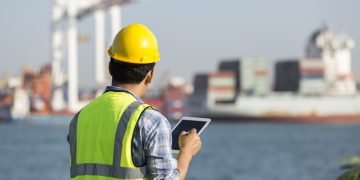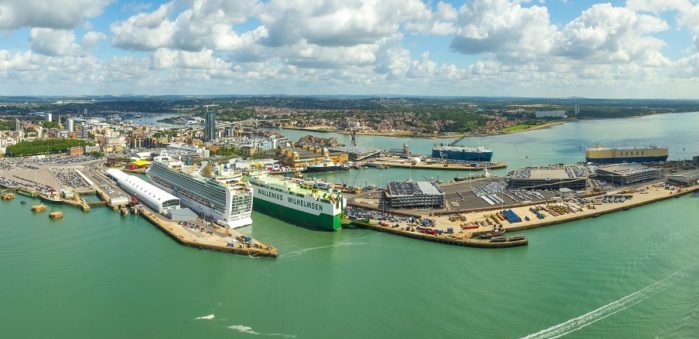Associated British Ports (ABP) reiterated its ambition to install UK’s first shore power technology for cruise ships at the Port of Southampton within 2020, although it has not yet resolved issues over funding and a potential drain on the National Grid.
On visit to Southampton on 2 December, prime minister Boris Johnson said he was “very interested” in shore power as a means of reducing shipping emissions, BBC reports.
However a report to Southampton councilors in January 2019 said shore power “demonstrated no discernible benefit to nitrogen dioxide concentrations at EU relevant locations“.
The report added that shore power could nevertheless deliver unspecified “public health benefits”.
The council applied in January 2019 for a government grant to fund a £7 million shore power scheme, but the bid was rejected.
ABP said its shore power pledge remained “on course” although issues remained over funding and the large amount of power needed for cruise vessels.
What we don’t want to do is to plug a ship in and brown out the city,
…Port director Alastair Welch has said.
Shore power (also known as ‘cold ironing’) is the process of providing shore side electrical power to a ship at berth, while its main and auxiliary engines are turned off, to cut off emissions while in port.
This tactic is already available for cruise ships in the United States, Canada and major European ports, including the Port of Rotterdam.
In mid-2019, the Port of Southampton announced completion of a project that aimed to lengthen the tracks at Solent Rail Terminal, so that two 645-metre container trains can be serviced simultaneously, thus improving air quality.


































































